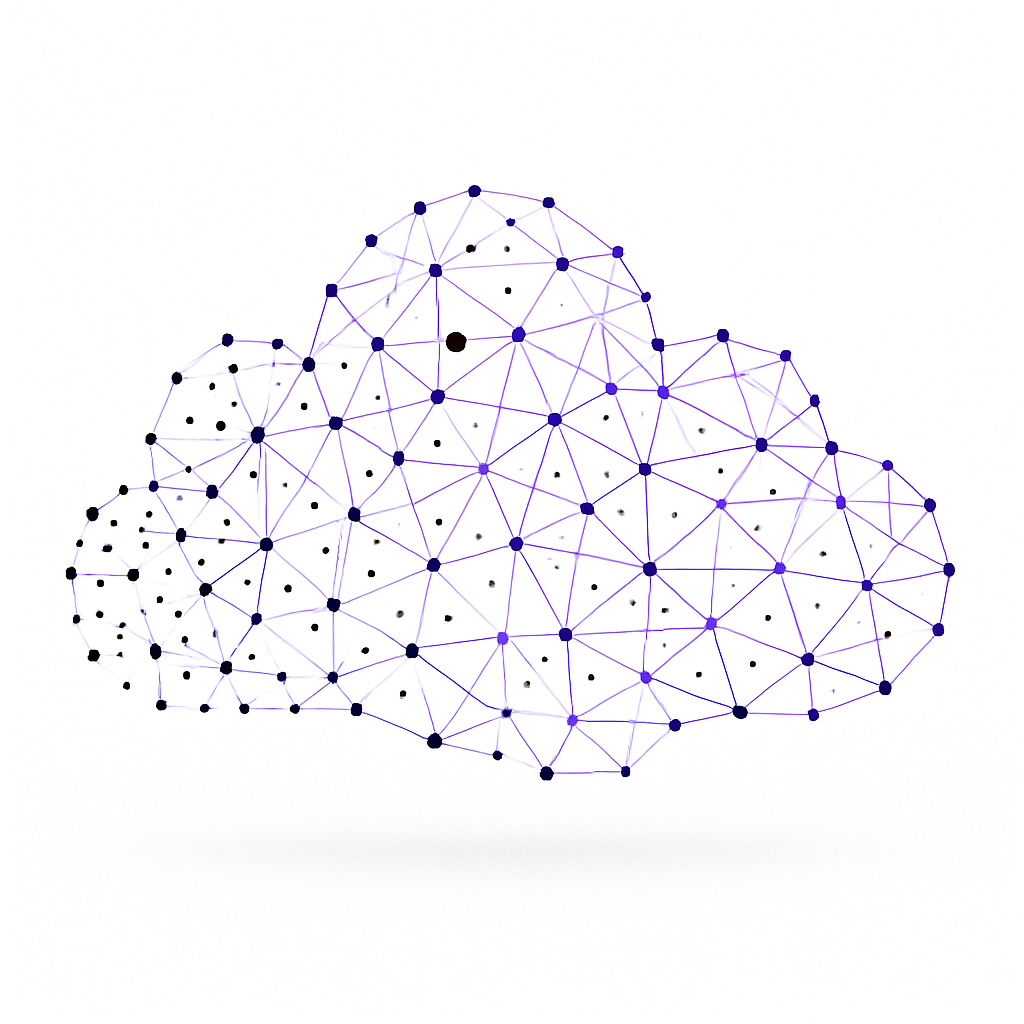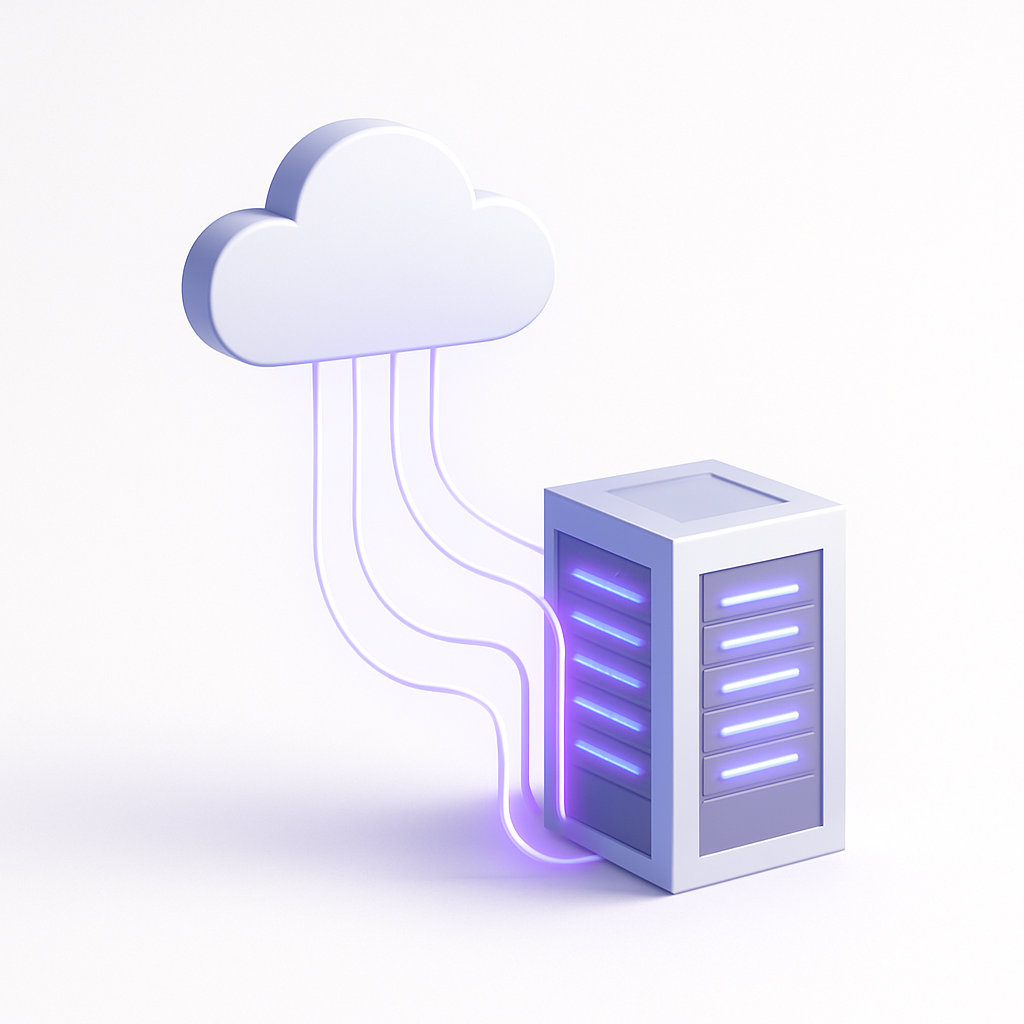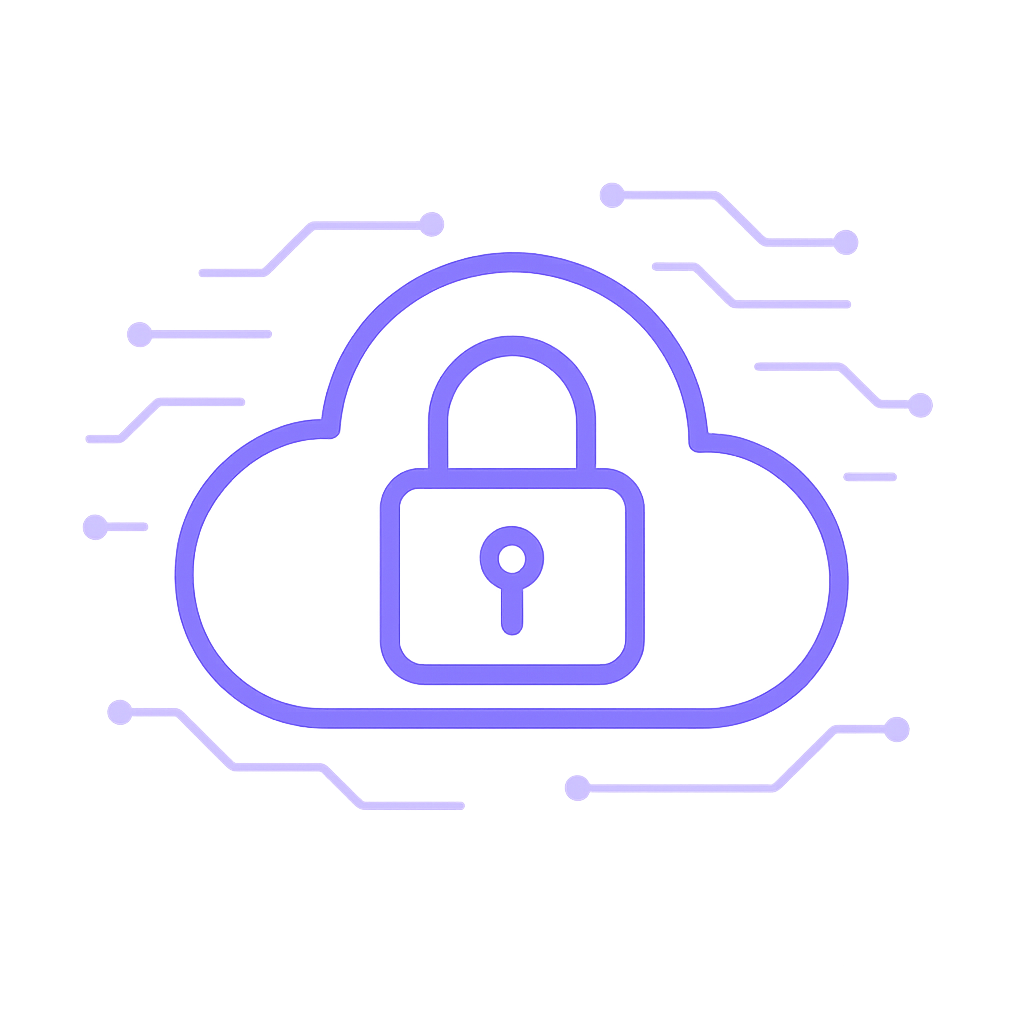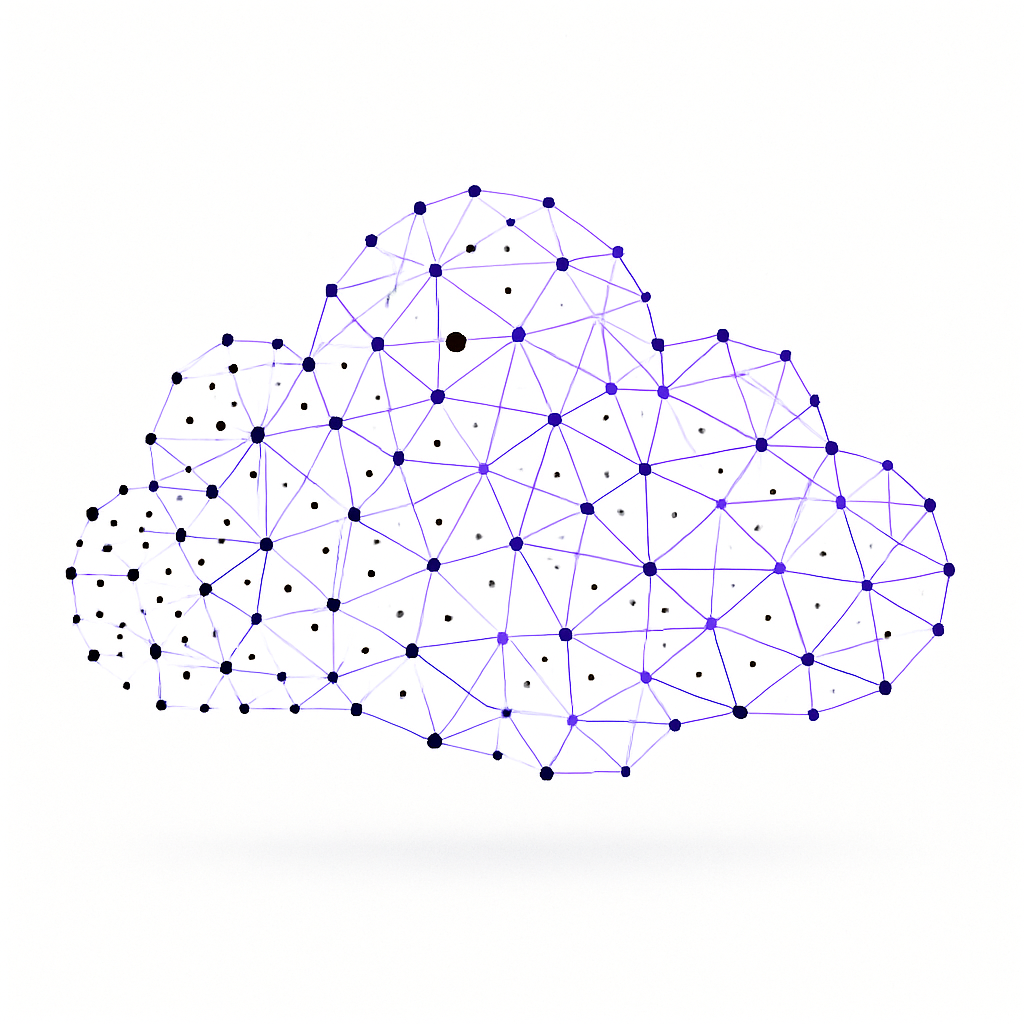What the “cloud” actually is
When we say something is “in the cloud,” it doesn’t mean it floats above the clouds. It means your files and data are stored on large servers somewhere else in the world, and you access them via the internet. Instead of relying on a single computer or phone, you can retrieve, save and share your things from almost any device with an internet connection.
You might already be using the cloud without realizing it - for example when you store photos in iCloud, documents in Google Drive or contacts through OneDrive. The cloud works like a digital backpack you always carry with you, but which physically sits in secure, professional facilities far away from where you are.
How the cloud works
- You create or change a file - e.g. a photo, document or note.
- The app or service sends the file through an encrypted internet connection to a server.
- The server stores the file safely and makes a backup.
- The file is automatically synchronized to your other devices.
Synchronization is one of the big advantages of the cloud. If you take a photo on your phone, it appears shortly after on your tablet and computer - without you actively transferring it. Behind the scenes, advanced systems ensure you always see the newest version of your files no matter where you open them. That also means you can work on a document on your laptop, continue on your phone and finish on a completely different computer without losing anything.

Where the cloud is physically located
Although the name “cloud” sounds airy, your data is stored in very real buildings - called data centers. Here thousands of powerful computers constantly work to store, protect and deliver your files quickly and reliably.
These data centers are often placed strategically in different countries to ensure fast access and redundancy (backup in several locations). Inside there are strict security measures such as:
- 24/7 monitoring
- fire suppression
- emergency power systems
- access control
Many cloud providers like Microsoft, Google and Amazon operate multiple data centers on every continent so your files are both quick to fetch and protected against local outages or disasters.

Why so many people use the cloud
The cloud is used by millions every day because it combines flexibility, security and convenience:
- You can access your files anywhere and anytime.
- Automatic backups protect against data loss if a device breaks.
- You save space on your devices because files are stored externally.
- It’s easy to share documents, photos and folders with others.
- Many services allow real-time collaboration - several people can edit the same document at once.
For businesses the cloud also means scaling up or down quickly without investing in expensive equipment. For individuals the advantage is often always having their important stuff at hand - even when the physical device is far away.
How secure is using the cloud?
Most reputable cloud providers use advanced encryption both when data is transmitted and when it is stored. They also have complex access controls, monitoring and backup strategies that far exceed what most individuals can set up themselves.
But technology is only one part of security - the user is often the biggest risk. If your password is weak or reused, or if you fall for phishing, an attacker can get access to all your files no matter how well the provider has secured the system. Therefore you should always:
- Use strong and unique passwords.
- Enable two-factor authentication.
- Keep an eye on who you share folders and files with.
- Avoid uploading sensitive documents without encryption.
How to secure your use of the cloud
You can do a lot yourself to use the cloud safely. In addition to a strong password and 2FA you should regularly review the sharing settings for your files and folders. Many people are surprised at how many old shares are still open without being used.
Encrypt sensitive files before you upload them - especially if they contain personal data or business-critical information. Consider keeping a local backup on an external hard drive so you are not completely dependent on the cloud service. And choose reputable providers with clear privacy terms that follow the law, e.g. GDPR.

Drawbacks and limitations
Even though the cloud is practical, it also has drawbacks:
- You depend on internet access to reach your files (though some services have offline features).
- You hand control of your data to an external company.
- If your account is compromised, files can be deleted or misused.
- Some services scan your files to tailor ads or services.
- Privacy settings and data rights can be hard to understand.
For many the advantages outweigh the drawbacks, but it's important to be aware of the risks and take your own precautions - especially with sensitive information.

How businesses use the cloud
For companies the cloud is not just storage but a platform for innovation. It is used for everything from hosting websites and running complex analyses to managing entire business systems. The advantage is that you can pay for what you use and easily scale up or down when needs change.
But benefits come with responsibility. Businesses must comply with data protection laws, ensure the provider meets security standards, and have clear agreements about data processing. Used correctly, the cloud can be both more secure and cheaper than owning servers - but only if security is prioritized as highly as functionality.
The cloud as part of your digital everyday life
The cloud has become a natural part of the daily life of both individuals and businesses. It provides flexibility, security and possibilities we didn't have a few years ago. But it also requires that we as users understand both the strengths and weaknesses - and act accordingly.
By combining healthy security habits with the technological advantages offered by cloud providers, we can use the cloud as an effective tool without compromising privacy and data protection. The cloud is not just a place where we store our files - it is a central hub in our digital lives that we should protect as carefully as our personal computer.